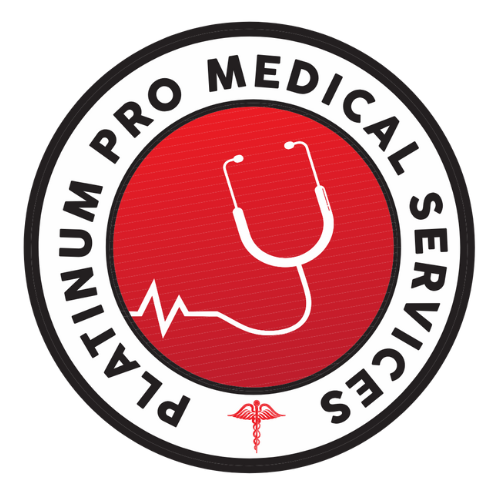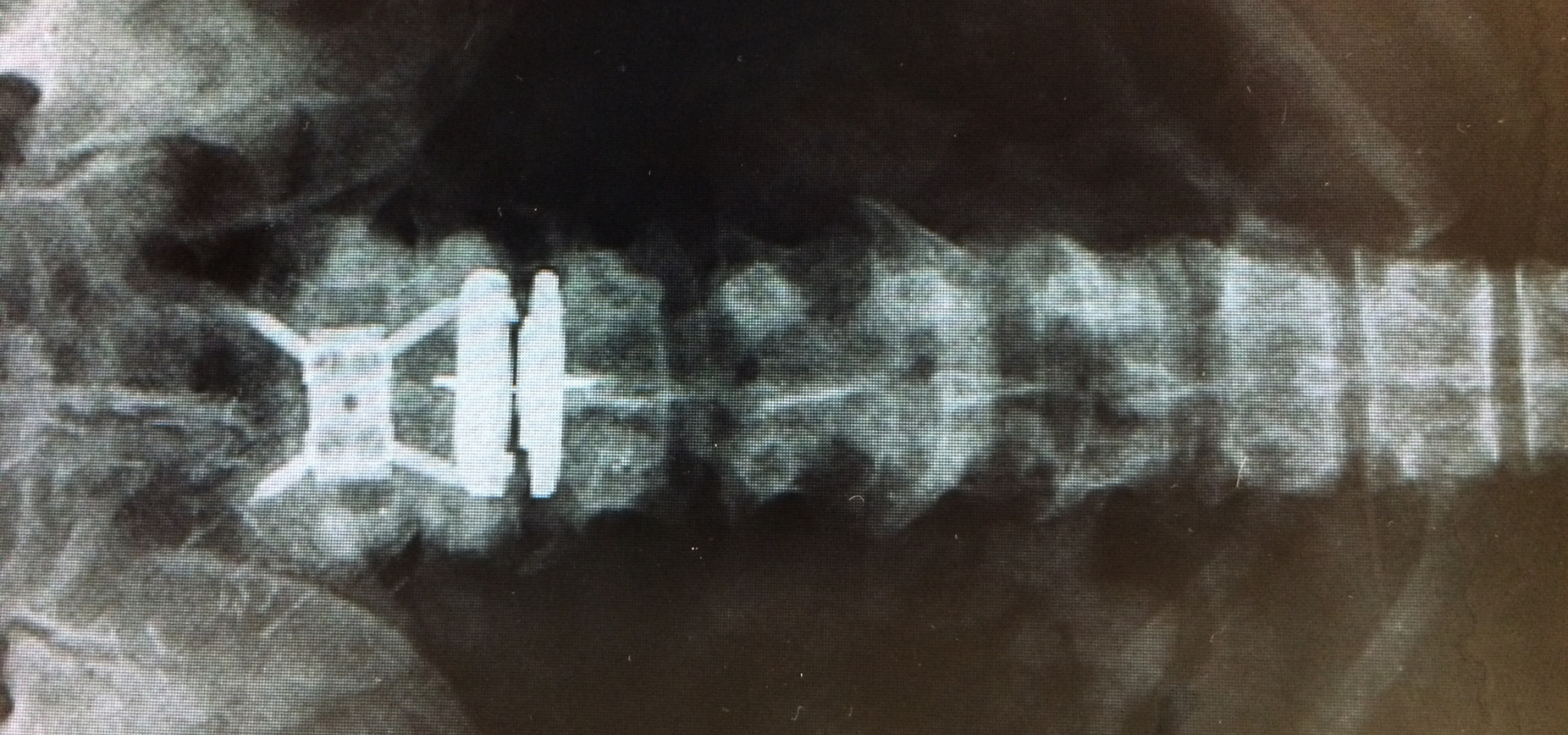Artificial Disc Replacement (ADR) is rapidly becoming a revolutionary solution in spine surgery. As a modern alternative to traditional spinal fusion, ADR offers a more effective way to treat chronic back and neck pain caused by disc degeneration or herniation. But what exactly is ADR, how does it work, and why is it changing the way we approach spinal care?
What is Artificial Disc Replacement?
Artificial Disc Replacement is a surgical procedure where a damaged or degenerated spinal disc is replaced with an artificial one. The primary goal of ADR is to alleviate pain and restore mobility in patients suffering from conditions such as degenerative disc disease or disc herniation. Unlike spinal fusion, which permanently joins two vertebrae together, ADR preserves the natural motion of the spine, allowing for more freedom of movement and less long-term discomfort.
How Does Artificial Disc Replacement Work?
The procedure involves removing the damaged disc and replacing it with a synthetic disc made of durable materials like metal and plastic. These materials are carefully designed to mimic the natural disc’s structure, including its ability to absorb shock and maintain flexibility. By restoring the normal height between the vertebrae and improving spinal motion, ADR provides a more functional, long-lasting solution to back pain than traditional spinal fusion.
Why is ADR Revolutionizing Spine Care?
One of the main reasons Artificial Disc Replacement is considered a game changer is its ability to maintain spinal mobility. Spinal fusion, although effective for certain conditions, can limit movement and lead to complications in the long term, such as adjacent segment degeneration. ADR, on the other hand, preserves natural motion, which not only helps alleviate pain but can also improve overall quality of life.
Who is a Candidate for ADR?
Not everyone is a candidate for Artificial Disc Replacement. Ideal candidates are typically individuals with chronic neck or back pain caused by disc degeneration, herniation, or other disc-related issues. Patients should generally be in good overall health, without any severe bone or neurological conditions. A thorough evaluation by a spine specialist, such as Dr. Geoffrey Liburd, is essential to determine if ADR is the right treatment option.
The Future of Spine Surgery
Artificial Disc Replacement is helping patients regain movement, reduce pain, and return to their active lifestyles. As technology continues to advance, the benefits of ADR are becoming more widely available to those in need. If you’re dealing with chronic back or neck pain, ADR may be the solution you’ve been searching for.

